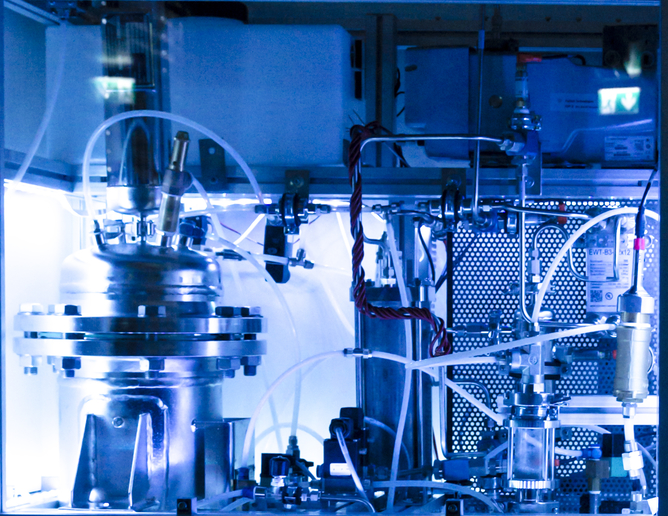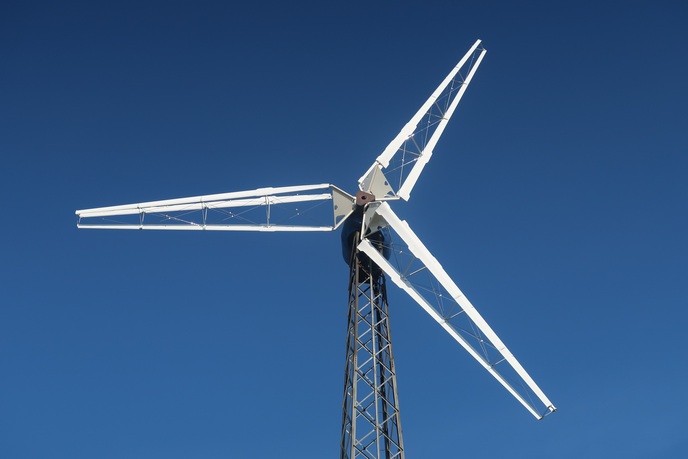Integrating wind turbines in buildings
Wind turbines utilise wind to transform energy that exists in the moving air into electrical energy. There are many advantages in using wind turbines for energy requirements such as low power requirements for turbine maintenance. Cost-effectiveness is another advantage since wind energy is a cheap renewable energy technology. However, wind turbine acceptability has been opposed because they are often seen as intrusive to the natural landscape. A project under the NNE-JOULE C programme addressed this issue with the development and integration of wind turbines into the built environment. Having wind turbines in the built environment brings power generation closer to users and could make a "zero energy building" possible. The project simultaneously recognised that European built areas usually have low to moderate wind speeds, which creates technological requirements. The consortium of European researchers also realised that turbines must have low noise emissions and be aesthetically pleasing. Although wind turbines must be suspended from buildings if they are integrated into the built environment, this had not been previously achieved. In response, a Dutch company from the consortium created a conceptual design and strength assessment of structural support systems for wind turbines in built environments. Firstly, they used a conventional standardised methodology to evaluate the loads experienced by the turbines and buildings. This evaluation also comprised a review and identification of wind energy and the construction industry standards. Generic design concepts were produced for integrating wind turbines in buildings, with the turbine hanging from the façade, mounted on top, and suspended between two towers. These concepts were assessed in terms of qualitative and quantitative criteria, such as maintenance, aesthetics, and manufacturing. Other criteria included the effect on turbine power production and strength to weight ratios. The Dutch researchers then produced a detailed design study for suspending a turbine between two towers, which was especially promising. This design was mechanically possible, while many options met the strength requirements. It is important to note that strength requirements were met with sensible use of materials, allowable stresses, and limited deformations. In essence, the researchers hope that this result could provide a foundation for future structural optimisation to facilitate wind turbine integration in buildings. Please see Offer ID 784 for another result from the project.







